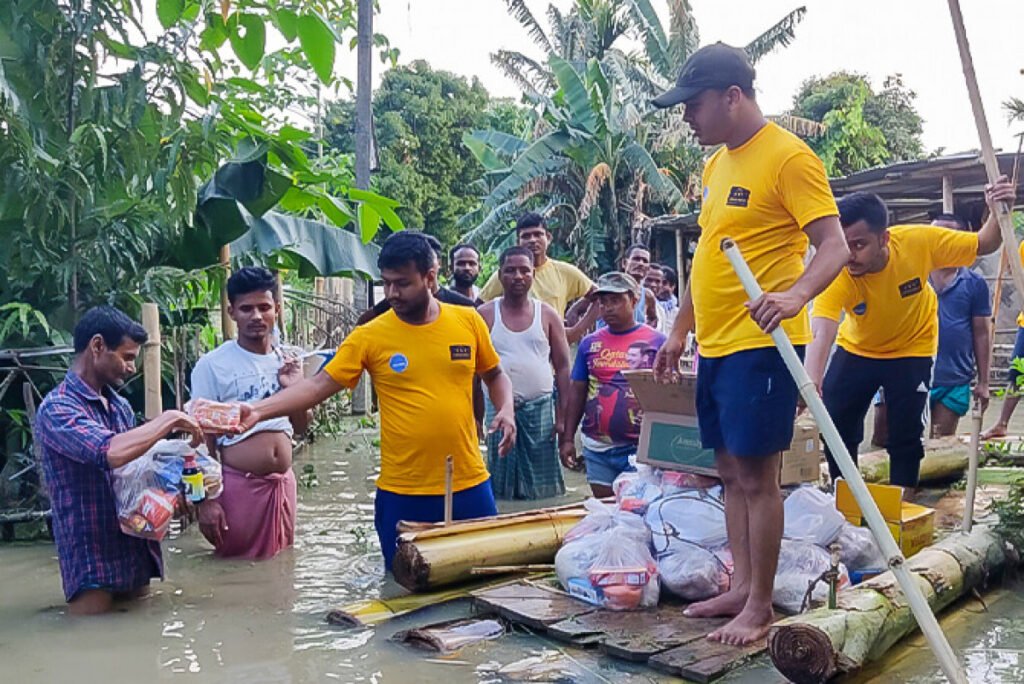As the monsoon approaches, the Assam government has finalized its flood preparedness strategy through a comprehensive state-level meeting. Led by Chief Secretary Ravi Kota, the meeting included Deputy Commissioners, central agencies, and key stakeholders, focusing on a coordinated multi-agency response to manage the expected seasonal floods.
The preparedness plan includes deploying 699 personnel and 299 boats from the State Disaster Response Force across 58 vulnerable sites. Additionally, 14 teams from the National Disaster Response Force (NDRF) have been positioned in high-risk districts, with more reinforcements expected. Coordination between NDRF and local authorities is being emphasized for community awareness and response capacity building.

Relief infrastructure is being upgraded with 53 camps assessed for improvement and 35 mobile water treatment units already positioned. UNICEF’s ongoing involvement has contributed to training over 100 personnel in maintaining minimum standards at relief shelters.
Infrastructure departments have been tasked with operating control rooms, ensuring bridge readiness, and reinforcing embankments, especially in flood-sensitive regions like Barak Valley. Eight known river breaches have been sealed, and Geo Mega Tubes have been used to strengthen weak points.
Food and Civil Supplies departments are ensuring the pre-positioning of essential commodities. A stock of 20,000 MT of rice under the OMSS and advance lifting of National Food Security Act (NFSA) stocks are part of the contingency plans.

Health and sanitation have also been prioritized. PHED is mapping water sources and deploying bio-toilets to relief camps, while the Health Department is arranging medicine stocks, boat clinics, and ambulances. The Agriculture Department is preparing flood-tolerant seed reserves and encouraging crop insurance, and Animal Husbandry has prepared for fodder supply and carcass disposal.
Women and Child Development will maintain critical care services in shelters, and urban centres—especially Guwahati—are focusing on desiltation and dewatering to counter city flooding.

